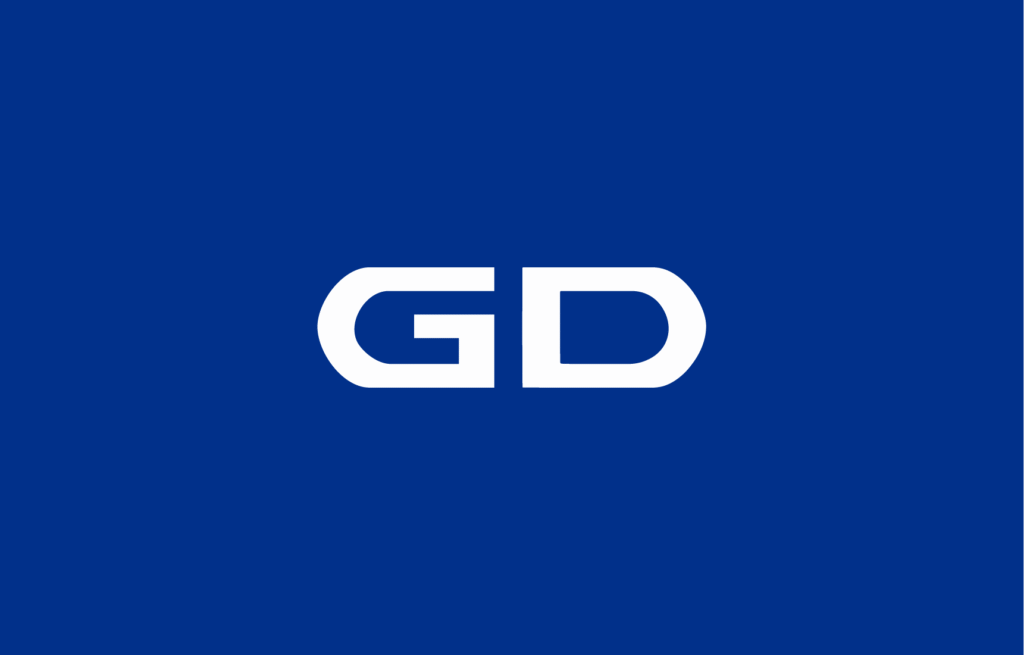- Case Study
General Dynamics Mission Systems
Enhancing IT Infrastructure Monitoring for General Dynamics Mission Systems

- Overview
General Dynamics Mission Systems, a leading defense and aerospace company, required an advanced solution to efficiently monitor the health and performance of their diverse IT infrastructure, including cross-platform servers, applications, network devices (routers, switches, firewalls), and power devices (UPS systems). The objective was to improve system reliability, ensure high availability, and proactively manage infrastructure risks.
Challenge
The complexity and critical nature of General Dynamics’ infrastructure demanded robust and comprehensive monitoring capabilities. Existing monitoring solutions provided limited visibility across heterogeneous systems, leading to delayed issue identification, increased downtime risks, and reduced operational efficiency. Effective monitoring required integrating disparate systems, automating health checks, and providing actionable insights to IT teams.
Solution
Our consultant deployed an enterprise-grade monitoring solution leveraging Microsoft System Center Operations Manager (SCOM). The tailored implementation focused on:
- Cross-Platform Server Monitoring: Integrated Windows and Linux servers into a centralized monitoring framework, enabling comprehensive real-time monitoring and alerting.
- Application Health Checks: Established monitoring protocols for critical applications to ensure continuous availability and optimal performance.
- Network Device Management: Developed customized monitoring solutions for routers, switches, and firewalls, enabling proactive network health management and immediate detection of issues.
- Power Device Monitoring: Implemented specialized monitoring for UPS devices to ensure uninterrupted power supply, reliability, and effective response to potential power-related issues.
- Automated Alerting and Reporting: Configured automated alerts and detailed performance reports to facilitate swift issue resolution and informed decision-making.
- Infrastructure and Architecture Review: Conducted in-depth assessments of enterprise monitoring systems to identify performance, scalability, and compliance gaps, providing actionable recommendations.
- End-User Collaboration Enhancement: Evaluated and optimized collaboration infrastructure to enhance accessibility, productivity, and secure data exchange across departments.
- Documentation and Gap Analysis: Documented comprehensive gap analysis reports, highlighting technical, operational, and security deficiencies.
- Training and Documentation: Developed updated user documentation, technical guides, and training materials to support user adoption and efficient management.
- SharePoint Deployment and Management: Recommended deployment options and architecture for scalable and secure SharePoint on-premises environments, configuring Role-Based Access Control (RBAC) using Microsoft Entra ID for robust data governance.
- System Center Operations Manager (SCOM): Designed, deployed, and maintained SCOM environments (2012, 2016, 2019), authoring operational procedures, SOPs, and training materials tailored for administrators and field operators.
- SCCM/ECM Systems: Built and administered systems for streamlined application packaging, distribution, patching, and compliance reporting.
- Virtual Environment Management: Maintained VMware-based virtual labs and data centers for training and testing purposes.
- Military-Grade Infrastructure: Engineered secure infrastructure, including PacStar servers, IQ-Core applications, and HPE EL8000 rugged servers, applying cybersecurity hardening and compliance.
- Zero Trust Security: Implemented Zero Trust architecture policies, incorporating conditional access, identity verification, and data segmentation controls.
- Stakeholder Engagement: Facilitated stakeholder sessions to gather requirements, define security protocols, and incorporate feedback throughout the project lifecycle.
- Microsoft 365 Cloud Compliance: Designed and deployed Microsoft 365 cloud solutions adhering to CCCS Protected B standards for secure Canadian federal usage.


Results
The enhanced monitoring solution provided significant improvements:
- Real-Time Visibility: Achieved comprehensive visibility across all infrastructure components, dramatically reducing response time to system issues.
- Reduced Downtime: Proactively identified potential issues, reducing downtime incidents by approximately 60%.
- Increased Operational Efficiency: Automated monitoring reduced manual oversight, allowing IT teams to focus on strategic tasks.
- Enhanced Reporting: Enabled data-driven decisions through detailed reporting on system health and performance trends.

Conclusion
By implementing an advanced and customized monitoring solution with Microsoft SCOM, General Dynamics Mission Systems significantly enhanced their ability to proactively manage infrastructure health and performance. This strategic advancement improved reliability, operational efficiency, and system availability, ensuring mission-critical infrastructure resilience.
Benefits of managed IT services
If your technology is draining resources rather than optimizing them, we can get you back on track. A professionally managed services provider can give you the decisive edge to


